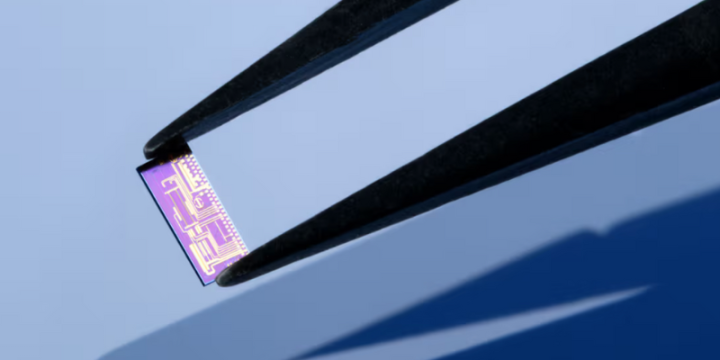Computers are becoming increasingly powerful. This leads to rising energy consumption and, consequently, rising costs. The question is therefore urgent: how can we compute smarter, more sustainably, and more securely? The answer may lie in neuromorphic computing, in other words: computers inspired by the way our brains work.
What is neuromorphic computing
Neuromorphic computing mimics how neurons send signals and how synapses learn by strengthening or weakening connections. This offers three major advantages:
- Energy efficiency, as data storage and processing often take place in the same physical location.
- Parallel processing, resulting in high speed, because neuromorphic systems perform many calculations simultaneously.
- The ability to learn independently based on experience.
From classical chips to photonic breakthroughs
The first neuromorphic chips already exist. These operate using electrical signals that mimic neurons. Their advantage is that they are relatively easy to produce using existing chip technology. However, there are limits to their speed and efficiency.
Therefore, attention is shifting to photonic neuromorphic chips. These are systems that operate with light rather than electrons. By using lasers and optical waveguides, signals can be processed faster and more energy-efficiently. Moreover, light allows for multiple calculations to be performed in parallel using different wavelengths. This opens the door to applications requiring enormous computing power, such as image analysis, medical diagnostics, or autonomous vehicles.
Future applications
The possibilities are broad and concrete. Think of hearing aids that respond more intelligently without the battery running out in a single day, or greenhouses where sensors automatically manage the right care for each plant. Neuromorphic computing also offers advantages in so-called edge computing, where data is processed close to the source instead of in a data center. It makes devices smarter, faster, and more sustainable.
Working together on a national strategy
Researchers at Radboud University, among others, are working on fundamentally new materials for neuromorphic chips as well as practical applications. In a white paper, they advocate for a national coalition, Neuromorphic Computing NL, in which universities, businesses, and government agencies collaborate on a roadmap for research and application that guarantees sustainability, autonomy, and safety, and creates economic opportunities. The white paper also emphasizes the need to connect with other key technologies, such as semiconductors, artificial intelligence, quantum computing, and photonics.
Read the whitepaper Neuromorphic Computing in the Netherlands:
The above article is based on this article from Radboud University:





